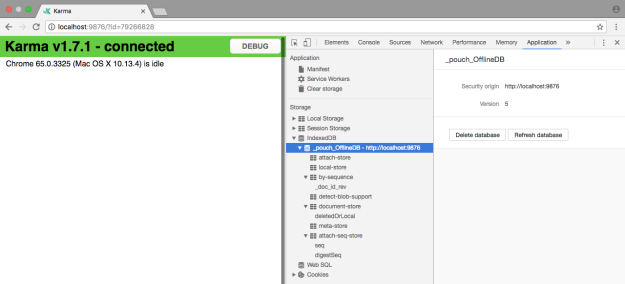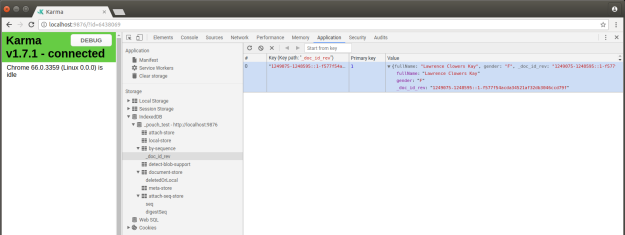This week, I will be writing a reflection on the “Sweep the Floor” pattern. This pattern addresses apprentice software developers that are unsure of their place on a new team but want to contribute to the team’s work and earn their trust. I chose this pattern mainly because the title caught my eye, but also because I think it could come in handy for when I begin my internship, working on a small development team, in June. Oshineye and Hoover provide solid advice on how to make meaningful contributions to a team by volunteering to perform simple yet necessary tasks.
Some tasks you can complete to promote the early success of the team might be maintaining the build system, setting up the project wiki, updating documentation, code reviews, etc. They describe these tasks as residing in the “edges” of the project where there is less of a risk of damaging causing damage to it. The reason that this pattern is called “Sweeping the Floor” is because it refers to the fact that, while sweeping the floor might seem like a mundane and tedious task, it is necessary to the upkeep of any building – and somebody has to do it. Simple and/or tedious tasks benefit not only the team but also you as an apprentice, because “chores” are often overlooked in academia but doing them fills the gaps in developers’ knowledge. Oshineye and Hoover raise an interesting point by saying that education means less than college-graduates might think, because everybody starts at square one when they join a new team and, as a developer on square one, taking on mundane tasks is very helpful.
They go on to explain some of the negative consequences that could occur when applying this pattern in the field. The first negative consequence could be that you might become the team’s “gopher”, the go-to person for mundane tasks, for the duration spent working on the project. A second negative consequence that could result could be that you no longer feel confident tackling tasks that aren’t like your regular “sweeping the floor” tasks. There is also the possible negative consequence that you don’t develop an appreciation for the bigger picture while “sweeping the floor” because you aren’t gaining a wider coherence. Oshineye and Hoover recommend that developers facing any of these negative consequences refer to the “Nurture Your Passion” and “Unleash Your Enthusiasm” patterns.
To implement this pattern, Oshineye and Hoover advise apprentice developers, who are new to a team, to tackle the tasks that everybody else would complain about. Not only should apprentice developers tackle those tasks, but they should also approach them with creative solutions to exceed their team’s expectations and make the situation fun and rewarding. I think this pattern will be a useful reference in my repertoire and I hope to implement it in the field, this summer.
From the blog CS@Worcester – by Ryan Marcelonis and used with permission of the author. All other rights reserved by the author.


